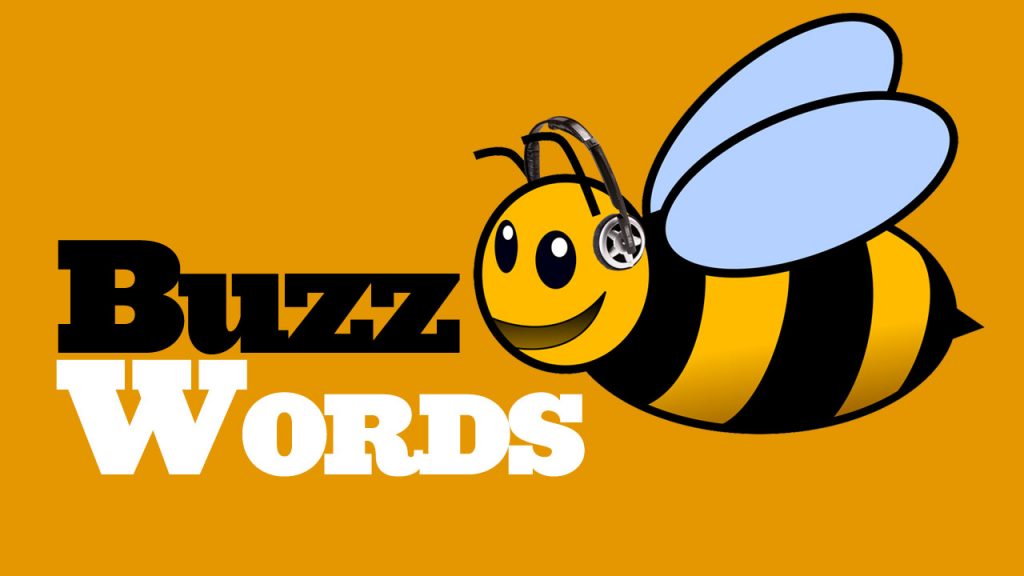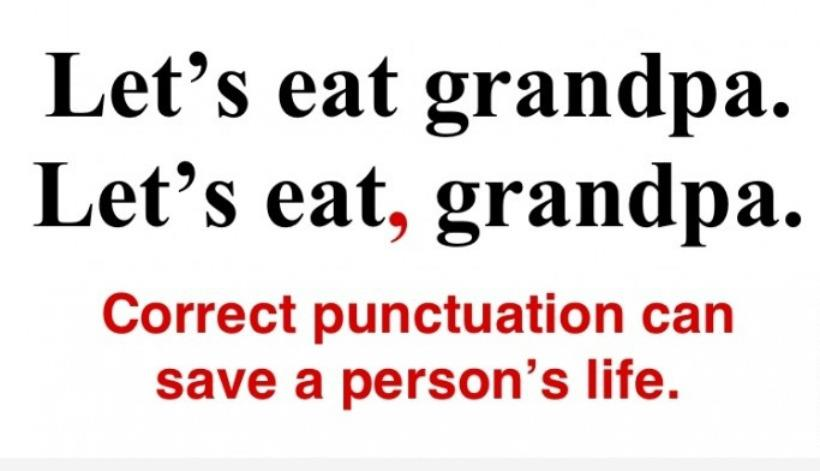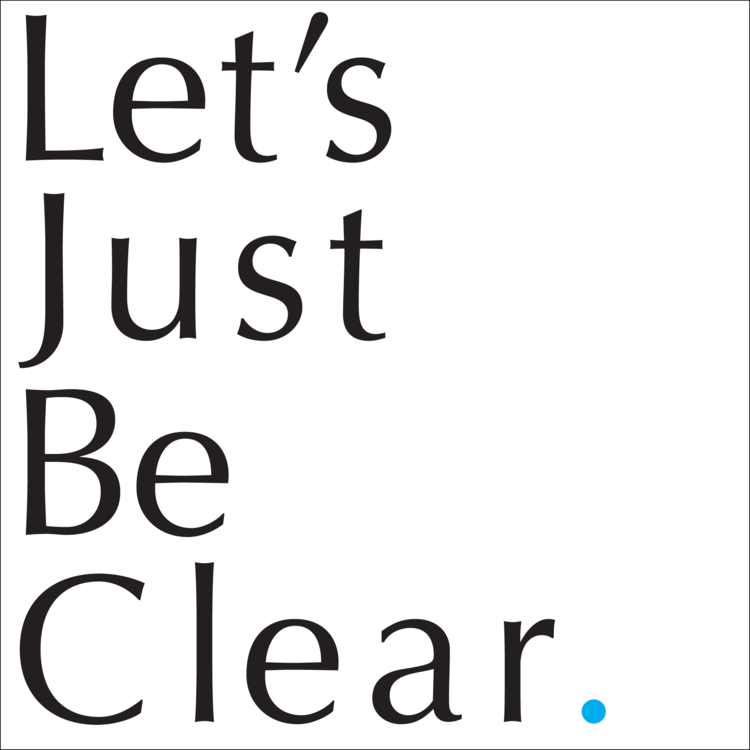 You have probably noticed that there are a few different kinds of dashes, but you may not know what they’re called and when they’re called for. Well, don’t despair—just follow this guide, and soon you’ll be deftly dashing off dashes.
You have probably noticed that there are a few different kinds of dashes, but you may not know what they’re called and when they’re called for. Well, don’t despair—just follow this guide, and soon you’ll be deftly dashing off dashes.
I consulted The Chicago Manual of Style and the MLA Style Manual and Guide to Scholarly Publishing and combined their advice to create this list of the most common usages of each dash. Using the AP Stylebook? Follow this asterisk.*
I may have omitted or glossed over a few of the less common usages, so if you think of an example that isn’t covered here, please leave it in the comments.
Hyphen
What it looks like: –
How to type it: Type the button between the 0 and the +/= on your keyboard.
When to use it: The smallest dash, the hyphen, is commonly used to join words.
- To connect compound words, compound phrases, and some prefixes
Reno doesn’t have world-class casinos like Las Vegas does.
He’s part of the do-anything-as-long-as-it-feels-good generation.
Sophia lived in a co-op during college.
- To join coequal nouns
Actor-director Rob Reiner had his first onscreen role in ten years in The Wolf of Wall Street.
- To separate groups of numbers
Call 1-800-555-1212.
- To spell out a word
Sophia spells her name s-o-p-h-i-a.
- To break up a long word at the end of a line (n.b., while this is common practice in books, it is rarely used online).
En Dash
What it looks like: –
How to type it: In Microsoft Word, type a space, then a hyphen, then another space. The program will automatically convert the hyphen to an en dash. If you like keyboard shortcuts, use Ctrl + Alt + Hyphen on Windows or Option + Hyphen on a Mac. Or just copy and paste it from this post.
When to use it: The en dash, so named because it’s the width of an n, is usually used to separate numbers.
- To mean up to and including
We’re almost at the end of the 2013–14 school year.
See pages 45–49 for more details.
- To mean to
We took the New York–London redeye flight.
The Red Sox won the 2013 World Series by pummeling the Cardinals 6–1 in the sixth game.
- With an unfinished range of numbers
Dianne Feinstein (1933–) is the oldest member of the Senate.
- To replace a hyphen in a compound-adjective phrase when the compound is open or consists of two hyphenated phrases.
Is the post–Cold War stability unraveling?
The first-quarter–second-quarter comparison shows steady growth.
Don’t worry too much about this last one. As The Chicago Manual of Style puts it, “This editorial nicety may go unnoticed by the majority of readers; nonetheless, it is intended to signal a more comprehensive link than a hyphen would. It should be used sparingly, and only when a more elegant solution is unavailable.”
Em Dash
What it looks like: —
How to type it: In Microsoft Word, type two hyphens immediately following a word and then start the next word (no spaces). The program will automatically convert the hyphens to an em dash. Or hold down Ctrl + Alt + Minus (on the numeric keyboard) on Windows or Shift + Option + Hyphen on a Mac. Or copy and paste it from above.
When to use it: The em dash, which is the width of an m, is used to create an aside or to separate and draw attention to part of a sentence.
- Instead of parentheses
And the craziest part of it (and I swear this is true) was that the duck just snuggled up next to the dog and went to sleep.
And the craziest part of it—and I swear this is true—was that the duck just snuggled up next to the dog and went to sleep.
- Instead of a comma
People at the party were already dancing on the table, and it wasn’t even ten o’clock.
People at the party were already dancing on the table—and it wasn’t even ten o’clock.
- Instead of a colon
You only ever think about one thing: money.
You only ever think about one thing—money.
- To introduce a pronoun that summarizes a preceding noun or series of nouns
God, country, family—these were the things he valued most.
- To show a break in thought or dialogue
“Are you—wait a minute—you’re saying that you know who the murderer was?”
- In front of explanatory expressions such as “that is” or “namely” or “for example.”
I keep my apartment clean—that is, when I have the time.
If you’re using an email service or a program that doesn’t easily allow special characters, use two hyphens instead of an em dash:
Latest update about the merger–it was just approved by the board.
*Writing for a newspaper? Good news! You only need one kind of dash. The hyphen—which the AP Stylebook simply calls a dash—is used for everything.
Instead of an en dash, just use one dash, no spaces:
We’re almost at the end of the 2013-14 school year.
Instead of an em dash, insert a space, a dash, and another space:
And the craziest part of it – and I swear this is true – was that the duck just snuggled up next to the dog and went to sleep.
If you use AP style regularly, you might want to turn of autocorrect for dashes, or Word will automatically turn the Space-Dash-Space combo into an en dash.
I hope this post helps you understand the rules about dashes. Have a question about using a dash in a particular sentence? Leave it in the comments or —I’ll be happy to offer advice.



